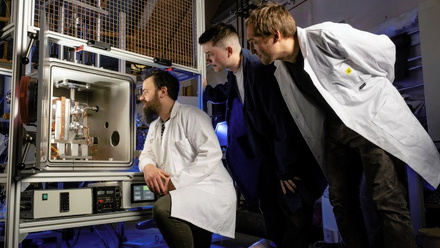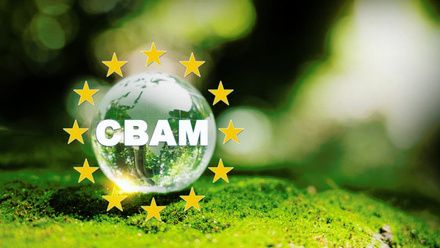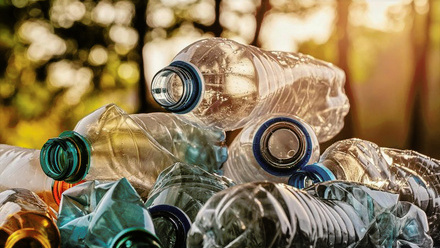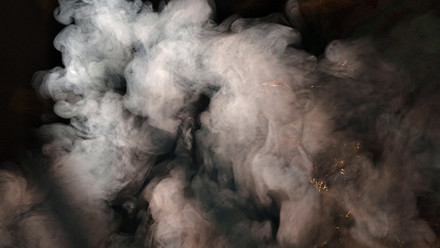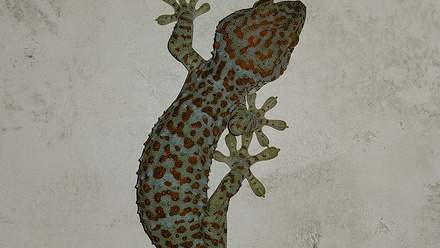Putting a brave face on dental surgery with bone-graft material
A new bone-graft biomaterial could restore teeth while improving dental aesthetic and reducing pain.
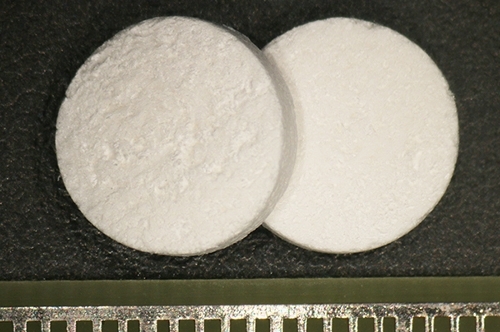
A bone-graft biomaterial with a supercooling process may eliminate the pain traditionally associated with harvesting bone from the patient’s body to restore their teeth. The team from Tohoku University, Japan, claims its formulation of octacalcium phosphate and collagen composites (OCP/Col) increases density and can reproduce the desired bone shape retention for dental surgery.
‘The exacting aesthetic demands of the patient make a procedure that is already difficult for clinicians, due to the tricky anatomy of these parts of the mouth, even more challenging,’ says Shinji Kamakura, a Professor from the Bone Regenerative Engineering Laboratory at Tohoku University. ‘Clinicians have since used bone-grafts as a solution, which requires additional surgery and pain for the patient.’
Synthetic alternatives have previously been adopted, but the researchers describe these to have low bone regenerative properties compared with the gold standard autologous grafts. OCP/Col has become a preferred option combatting the challenges posed by both bone-grafts and synthetic alternatives.
‘OCP/Col has several features – one, it promotes osteogenic differentiation and angiogenesis, and accomplishes sufficient bone regeneration without exogenous cell transplantation and cytokines,’ says Kamakura.
‘Two, it surpasses bone regenerative properties of clinically used biomaterials, and three, it expects physiological bone remodelling and has high handling performance and mouldability.’
The conventional recipe for an OCP/Col preparation, however, still runs into problems with appositional bone growth, or increase in width, due to compressional stress on the material from the bone itself. The researchers have, therefore, developed a recipe for OCP/Col with increased density, achieved by increasing the concentration of OCP/Col. Kamakura believes that a new recipe is ‘needed for reproducible bone augmentation to achieve both excellent bone regenerative properties and form retention.
‘It was demonstrated that bone regenerative properties of OCP/Col were superior than that of β-tricalcium phosphate (β-TCP), hydroxyapatite (HA) and collagen composites (β-TCP/Col).’ In addition, the biomaterial is then supercooled with liquid nitrogen down to -196°C prior to application, building on previous reports stating that implants treated with liquid nitrogen decrease inflammatory reaction and enhance ingrowth of repopulating cells.
‘We expected to decrease the degradation of newly developed OCP/Col by multi-nucleated giant cells (MNGCs), or to enhance the form retention of newly developed OCP/Col,’ Kamakura explains.
‘Fortunately, the pre-freezing by liquid nitrogen significantly enhanced bone regeneration and reproducible bone augmentation was achieved.’
This has been demonstrated in the test results as the OCP/Col samples in L group (treated with liquid nitrogen) tend to retain their height and shape and have enhanced appositional bone formation. OCP/Col samples in G group, however, are prone to losing their height and shape and have limited appositional bone formation.
The team aims to continue the research with clinical trials. Kamakura notes, ‘Since the conventionally prepared OCP/Col is already applicable in clinical situations and this procedure needs no exogeneous cell transplantation or cytokines, it could become a possible technique for appositional bone formation in the future.’


